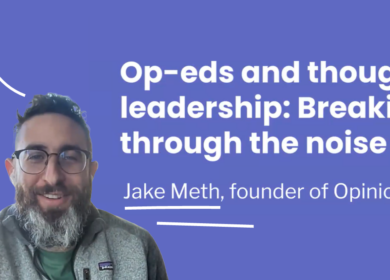By Jessica Ching
The Hoffman Agency, Hong Kong
In January, British music and entertainment retailer HMV announced that it had filed for bankruptcy. The news put many music lovers in Hong Kong in a state of mourning. Without doubt, HMV retail stores hold a special place in Hong Kongers’ hearts. At its golden age in the 90s, you could find stores on all the busiest streets in the downtown areas, and there were always queues of music lovers at the checkout.
However, as years went by and more music purchases were made online, HMV’s shine started to fade. Instead, new media has empowered people to search, find, download and listen to music anytime, anywhere and on any device.

In ten years, the sales of HMV has decreased by 25%, dropping from £ 1,247.2m (2002) to £923.2m (2012). (Photo credited to Basher Eyre)
We all still listen to music. I listen almost every day. But as I recall, my last purchase of a CD was three months ago, and it was a gift for a friend’s birthday.
Today CDs, like vinyl, are practically becoming collectibles, as online platforms like YouTube and digital music apps like Spotify and KKBox are becoming the main distribution channels for music. According to retail analyst firm Conlumino, 73.4% of music and movies are now downloaded via the Internet. And social networks are making music more accessible than ever.
These platforms are also impacting the way in which we consume media. A popular song is not determined merely by how good its melody is or how beautiful its lyrics; eye-catching visuals are also becoming key to a song’s success.
Last year, Gangnam Style by Korean singer PSY was deemed the “world’s biggest hit.” With over a billion views on YouTube, the music video attracted audiences all over world, despite the fact that most are likely to be non-Korean speakers who cannot understand a single word of the song.
Language is no longer a barrier because people can now “watch” music. Gangnam Style contributed to this global phenomenon with its signature – and now much-parodied – “horse-riding dance.”

With over a billion views on the world’s most-popular online video platform, no one could deny that Gangnam Style, the most-watched video on YouTube, was the “biggest” hit last year. (Photo credited to Yongho Kim)
In this new era, it is the number of views and downloads that are defining the music industry, not the rankings based on HMV’s sales or radio play. This pretty much explains why the KKBox’s year-end award ceremony, held in Taipei, is able to invite the most popular C-pop singers like Eason Chan, MayDay and Jay Chou for A-class live performances. At the same time, the once-famous Hong Kong Song Chart Awards organized by radio station 903 has undergone a storm of controversy, fueled by its declining representation of the local music industry.
The rise of new media has changed consumers’ behavior completely; music is being “watched,”sales are driven by the volume of clicks, and online “likes” are a key driver of product advocacy. Therefore, the ability to build creative online branding campaigns and attract customers’ eyeballs becomes crucial, as each customer has the potential to play a key role in spreading the news of a product or a brand online, enabling the organization to reach more customers. As we embrace communications in this new media era, perhaps it’s time to think about how you can leverage the power of social media and make your brand the next “Gangnam Style.”

